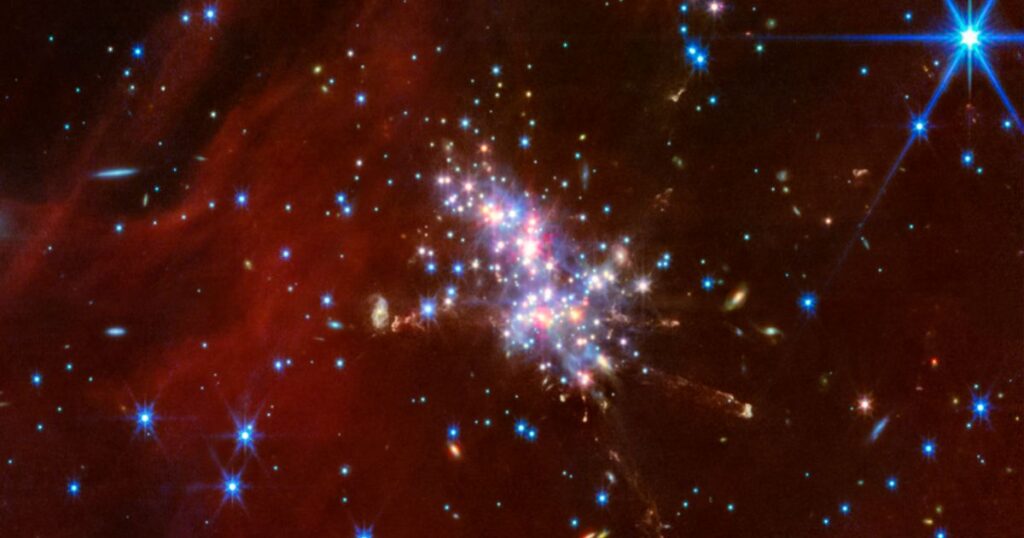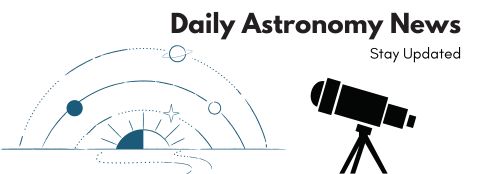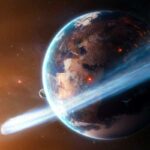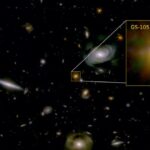NASA’s James Webb Space Telescope made another remarkable discovery: it discovered baby stars at the edge of our galaxy. The discovered baby stars area is 58,000 light years away from the center of the Milky Way galaxy. This region is known as the “Extreme Outer Galaxy.”
The James Webb Telescope, also known as JWST, has been pushing boundaries since its launch. It has observed galaxies billions of light-years away. But for now, he has made his march toward his home galaxy. The telescope has captured stunning images of star clusters. These star clusters are in the middle of the starburst, and they are undergoing fast, rapid formation.
What Makes This Discovery Special?
In the past, scientists knew about these star-forming regions. However, they could not study them in detail. The JWST has changed that. It has provided detailed images of these regions. The telescope used its Near-Infrared Camera (NIRCam) and Mid-Infrared Instrument (MIRI) for this task.
The images show dense clouds of gas. These clouds are called “molecular clouds.” The two main clouds in this study are Digel Cloud 1 and Digel Cloud 2. These clouds are many light-years long. They are now captured in accurate detail.

Among the elements visible in the images are very young stars. These are called “protostars.” Protostars are in a primary state. They have not yet gathered enough material to start nuclear fusion. Nuclear fusion is the process that makes stars shine. These young stars are still in their prenatal cocoons of gas and dust.
The JWST images also show jets of material. These jets of materials are emitted from the poles of the young stars. The images reveal a deep sea of background galaxies. There are also red nebulous structures. Winds and radiation from nearby stars are carving away these structures.
The Importance of This Discovery
This discovery is important for several reasons. First, it helps scientists understand star formation. By studying these young stars, scientists can learn about the early stages of star development.
Second, the discovery shows the power of the JWST. The telescope’s high sensitivity and sharp resolution make it a valuable tool for astronomers. It can capture details that other telescopes cannot.
The JWST will continue to study these star-forming regions. Scientists hope to learn more about the properties of these regions. They want to understand how environmental factors affect star formation. This knowledge can help us understand the evolution of galaxies.
The telescope’s observations build on years of prior research. Scientists have been studying these regions with different telescopes and observatories. The JWST data adds to this body of knowledge. It provides a more detailed view of these star-forming regions.
Editor’s Recommendations
- Sun’s Secret: Transforming Our Star into a Mega Telescope
- Did Stardust Kick-Start Life on Earth? New Study Says Yes!
- Giant Hazardous Asteroid to Make a Close Pass by Earth on September 17
- SpaceX Polaris: Civilians Conquer Space with Historic First Spacewalk!




